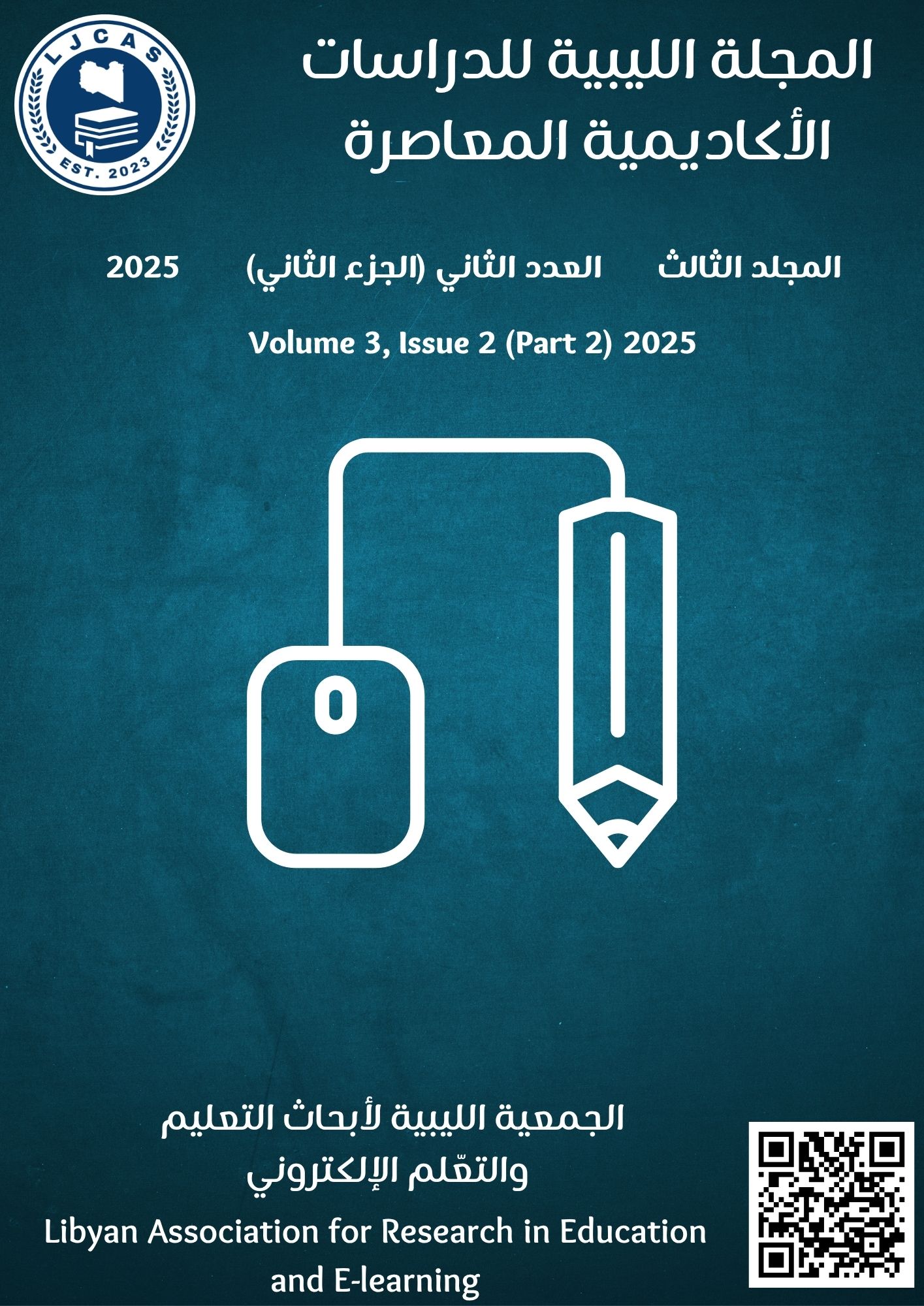The Reduction Mechanism for the Impacts of Digital Software Tools on Students' outputs in Architectural Design courses: Case Study Architecture Department, Tripoli University, Libya
Keywords:
digital software tools, architectural design, skills, student outcomesAbstract
Architectural design is considered the fundamental pillar of architectural education, through which it is possible to keep pace with the development of the curriculum and modern digital software tools. Therefore, this research paper highlights both the negative and positive effects of using modern digital software tools on students' architectural design outputs. In past years, before the emergence of modern advanced computer technologies, students in architecture departments at universities around the world, generally, and in Libyan universities, relied on traditional methods for design, such as two - and three-dimensional hand-drawn sketches. Digital software tools, such as ArchiCAD, Revit, virtual reality programs, and, more recently, artificial intelligence, have been developed to meet the diversity of needs (users, design, construction, and creativity), which has had, and continues to have, a transformative impact on architectural design tools. These tools were introduced into Libyan universities, specifically the Department of Architecture in Tripoli, in the late twentieth century. They have brought a radical change in architectural design courses in Libyan universities. Therefore, this research paper aims to understand the impact of using digital software tools on student outputs in architectural design. The descriptive-analytical method was applied to answer the paper's questions from different aspects of the theoretical and empirical parts. One of these questions is the main question that addresses the effects of digital software tools on student output in architectural design courses, and how their negative effects can be reduced? Questionnaires were distributed to 105 students and 19 professors to determine the extent to which digital software tools impact student outcomes in architectural design. To come up with at a mechanism for reducing the negative effects of using digital applications on architectural design outcomes and students' intellectual and creative capabilities in various typologies of architectural design subjects.






